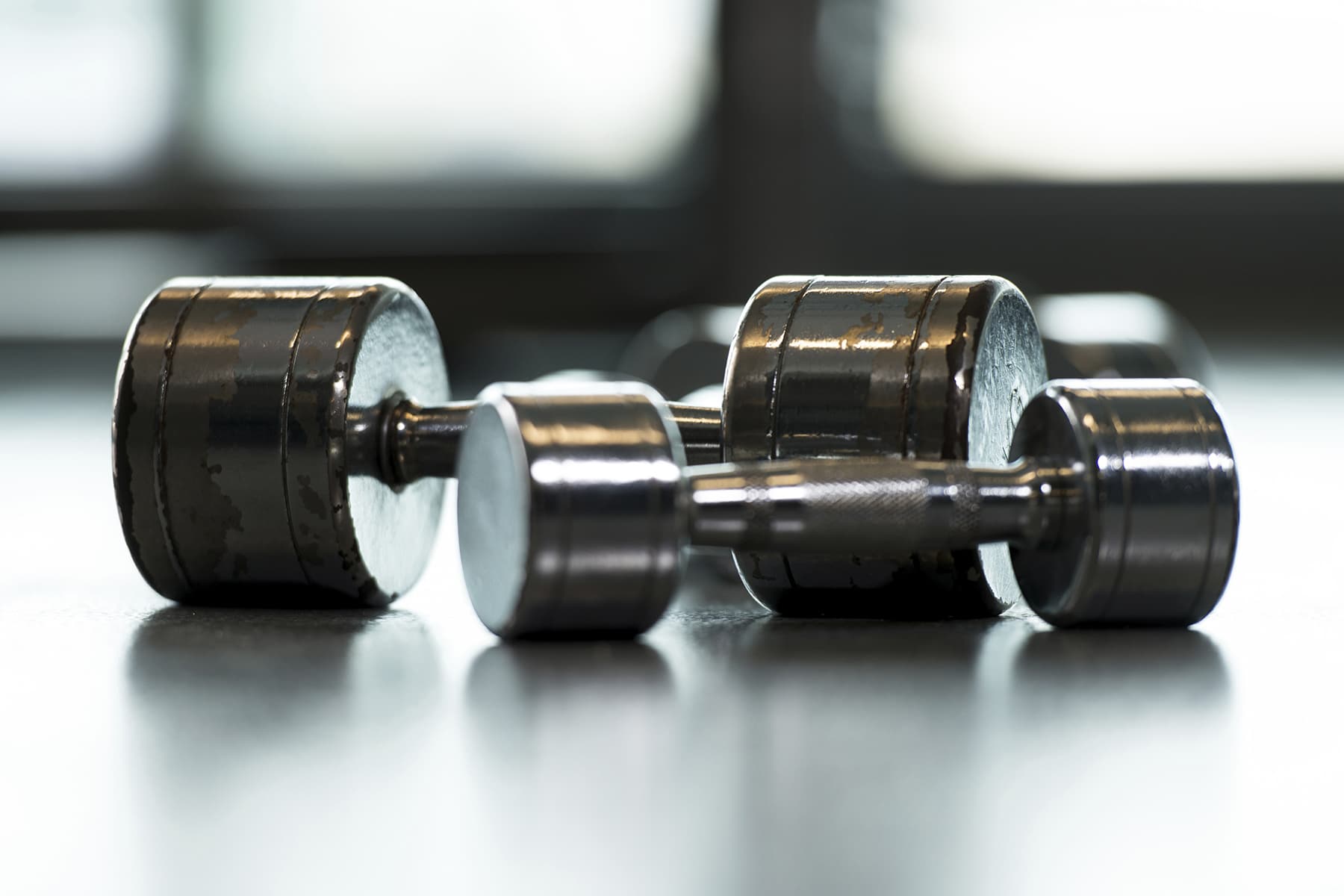How Strength Training Can Help You Live Longer
Aug. 31, 2022 – People who lift weights understand they’re playing a long game.
Once they get past the “newbie gains” – the quick and exciting increases in muscle strength and size – it takes time, effort, and patience to keep making progress.
Whether they know it or not, they’re also playing the longevity game.
A growing body of research shows that resistance training adds years to both lifespan and “healthspan” – the period of life when we’re in good health.
A 2022 study review from Japanese researchers linked “muscle-strengthening activities” to a 15% lower risk of dying.
Resistance exercise was also linked to a lower risk of cardiovascular disease (17%), cancer (12%), and diabetes (17%).
We’ve known for a long time that strength is an excellent predictor of future health. Lots of research has shown that, if all else is equal, stronger men and women have a much lower risk of dying during a given period than people with less strength.
This new research shows that strength training offers similar protection, regardless of the results of that training. So even if you don’t think you’re getting as strong or as lean as you’d like to be, you should keep it up – because chances are, you’re still helping your health in a big way.
How Strength Training Helps as You Age
For longevity, strength training seems to be especially effective for older adults, says Tufts University professor Roger Fielding, PhD, who’s been studying the role of exercise in the aging process since the early 1990s.
“With aging, we see clear deficits in muscle function and bone health,” he says. “That all can be slowed, attenuated, or reversed with appropriate exercise.”
His concept of “appropriate” has changed a lot in the past 3 decades. “When I first started studying this stuff, we would try to give people a very formalized prescription” for strength training, he says.
That strength training prescription typically included a lot of sets (three per exercise), moderate reps (eight to 12 per set), and relatively heavy weights. It also required professional supervision in a well-equipped gym, which was both unappealing and impractical for most of the target population.
“What I’ve learned is that even lower-intensity strength training, at home, without a lot of specialized equipment, has some benefits,” he says.
Which benefits? That’s harder to say.
The research linking resistance exercise to lower mortality comes from large, population-wide surveys, looking at tens or even hundreds of thousands of people. The broad category of “muscle-strengthening exercises” can include anything from calisthenics in the living room to a serious bodybuilding or powerlifting program.
They’re also based on self-reporting by the people studied. Because of that, “we should be careful how we interpret some of these studies,” Fielding says.
How Much Strength Training Should You Do?
That warning seems especially appropriate for the study’s most surprising conclusion: The maximum longevity benefit comes from one or two resistance exercise sessions a week totaling 30 to 60 minutes.
The study adds that it’s unclear why more strength training would have diminishing or even negative returns.
Robert Linkul, owner of Training the Older Adult in Shingle Springs, CA, thinks the answer is perfectly clear.
“Less might be more for the beginning lifter,” he says. That’s why his new clients typically begin with two 50-minute workouts a week. But after 3 months, they need to train three times a week to continue seeing gains.
He currently has 14 clients who have been with him at least 16 years. Most of them started in their 50s and are now in their 60s or 70s. If there were any downside to working out more than two times a week, he’s pretty sure he would’ve seen it by now.
Live Longer and Move Longer, Too
Linkul says that his training program includes a lot more than lifting. Clients start each workout with 10 to 15 minutes of mobility and warmup exercises. That’s followed by 15 minutes of strength training and 15 minutes of high-intensity resistance training (HIRT).
HIRT uses functional exercises – lifting and carrying dumbbells or kettlebells; pushing or pulling a weighted sled – to improve strength and endurance at the same time.
“Most of the clients I get are training for real-life function,” Linkul says.
Falling is one of their biggest concerns, and for good reason: According to the World Health Organization, it’s the second-leading cause of unintentional injury-related deaths worldwide, behind only traffic accidents.
Their other major concern is losing their independence, which often follows a fall. “They want to feel they’re not near using a cane or a walker or being stuck in a wheelchair,” he says. “The more we train, the further we get from that.”
That’s where strength training offers its most unique advantages, according to a 2019 study from researchers at McMaster University. Resistance exercise is “particularly potent for maintaining mobility in older adults,” the study says.
Training for Life
Traditional aerobic exercise also offers many of the same benefits, including longer life and a lower risk of cardiovascular disease, cancer, and diabetes.
But there’s no need to choose one or the other. As a recent study noted, combining aerobic and strength exercises leads to a lower risk of early death than either of them separately.
Which makes perfect sense to Fielding.
“Usually, people who’re physically active aren’t just doing strength training alone,” he says. “Some exercise is better than no exercise,” and more is usually better than less. “People have to find things they like to do and want to do and are able to do consistently.”




2 comments